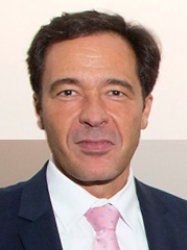BibTex format
@article{Bontitsopoulos:2020:10.4271/2020-01-2116,
author = {Bontitsopoulos, S and Hamzehloo, A and Aleiferis, P and Cracknell, R},
doi = {10.4271/2020-01-2116},
journal = {SAE Technical Papers},
title = {Numerical Simulations of the Effect of Cold Fuel Temperature on In-Nozzle Flow and Cavitation Using a Model Injector Geometry},
url = {http://dx.doi.org/10.4271/2020-01-2116},
year = {2020}
}

